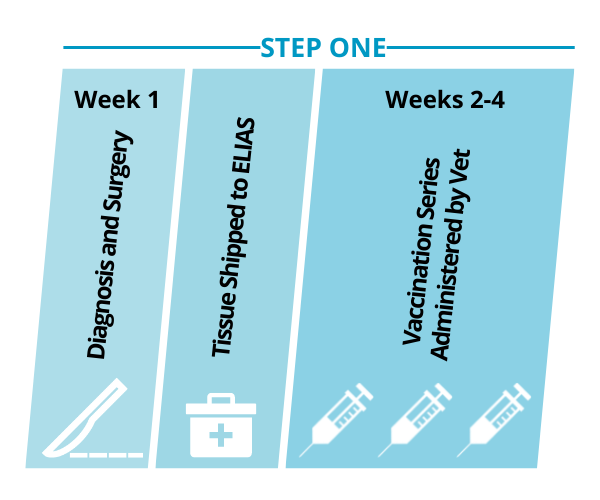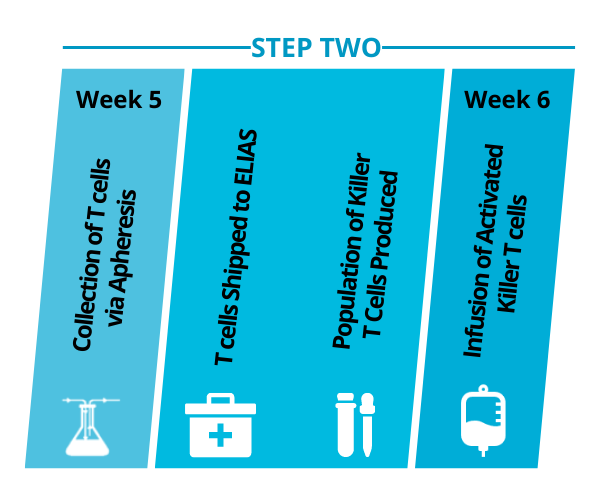What is Apheresis?
Apheresis is a nonsurgical treatment where a patient’s blood is withdrawn from the body to separate plasma and cells and is often used to treat patients with autoimmune diseases, those suffering from blood intoxications—such as overdoses and poisonings—as well as cancer.
In humans, apheresis is also the process by which donations of plasma, platelets and red blood cells are donated. These types of donations are different than a whole blood donation; apheresis is required to extract specific components of the blood and then return the remaining components to the donor.
ELIAS Animal Health recognizes and applauds apheresis practitioners around the world who are advancing this important therapy in both human and animal medicine. We also honor the many generous donors who help to save countless lives. Access to apheresis in veterinary medicine has more than doubled in the past 3 years, and we are proud to be a strong supporter of these important critical care medical advancements.
How Animals Can Benefit from Therapeutic Apheresis
The use of therapeutic apheresis in veterinary medicine has been pioneered in recent years by a group of veterinarians dedicated to the advancement of extracorporeal therapies for animals, many of whom are members of the Veterinary Emergency and Critical Care Society. Specific treatments that utilize the process of apheresis include therapeutic plasma exchange, plasma adsorption and leukapheresis.
- Therapeutic plasma exchange is most often used in the treatment of autoimmune diseases. It can also be effective in treating blood intoxications from external factors, including drug overdoses and poisonings.
- Plasma adsorption is another type of blood purification procedure that selectively removes poisons, drugs or other toxic substances from the blood that are not removable by dialysis.
- Leukapheresis selectively removes abnormal red blood cells or malignant white blood cells. This procedure can also be used to harvest healthy components of the blood, such as mononuclear cells, for selective processing and reinfusion in the case of immunotherapy or transplantation. It is an important step in the ELIAS Cancer Immunotherapy (ECI®) for the treatment of canine osteosarcoma, a deadly form of bone cancer in dogs.

Therapeutic apheresis is conducted with a machine like the one above. The machine withdraws blood from the patient, separates specific components of the blood for collection, and returns the remaining components to the patient’s blood stream. The process is similar to dialysis. In the ECI® treatment protocol, apheresis is typically completed within 4-6 hours.
Why We Use Apheresis to Unlock the Immune System’s Potential to Kill Cancer
Mononuclear cells, which include T cells, are a major component of the immune system. These highly specialized cells are responsible for triggering the immune system to respond to foreign or abnormal cells in the body, like cancer cells. The second step of the ECI treatment protocol involves the harvesting of a patient’s T cells via leukapheresis. Prior to undergoing apheresis, patients are given autologous vaccines created from their own cancer cells that enable the immune system to recognize the patient’s specific cancer antigens. After the T cells are collected, they are functionally activated and numerically expanded ex vivo. Then, they are reinfused into the patient to hunt down and kill cancer cells throughout the body.
A Closer Look at How ECI® Is Administered
for the treatment of canine osteosarcoma

Step One: Personalized vaccines stimulate a cancer-specific immune response.
- In the first step of the ECI treatment plan, the dog’s cancer tissue is surgically removed by the veterinarian and sent to ELIAS Animal Health.
- ELIAS uses the cancer cells to create personalized vaccines.
- The vaccines are administered weekly for three weeks by the veterinarian to stimulate the immune system’s T cells to recognize the dog’s cancer.

Step Two: T Cells are harvested, activated and expanded, and reinfused.
- Two weeks after completing the vaccine series, the primed T cells that were generated in response to the vaccines are collected from the dog via apheresis.
- The collected T cells are activated in the ELIAS laboratory to generate a large population of personalized “killer” T cells, which are then reinfused into the dog intravenously. Once inside the body, this army of smart bombs travels to the cancer to attack and eliminate it.
Apheresis is a critical part of how ELIAS is advancing cancer care in veterinary medicine. By first priming the immune system with personalized vaccines and then collecting the T cells through apheresis, we can supercharge a patient’s body to recognize and fight its own cancer. The body is a powerful tool and by harnessing that power, ELIAS Animal Health is bringing cancer care into the future.
More Apheresis Resources
- Learn more about the process of apheresis at apheresis.org.
- Learn more about how apheresis is used for ECI, and how this cancer immunotherapy works on our website.
- For veterinary resources about therapeutic apheresis, visit the Veterinary Emergency and Critical Care Society.
